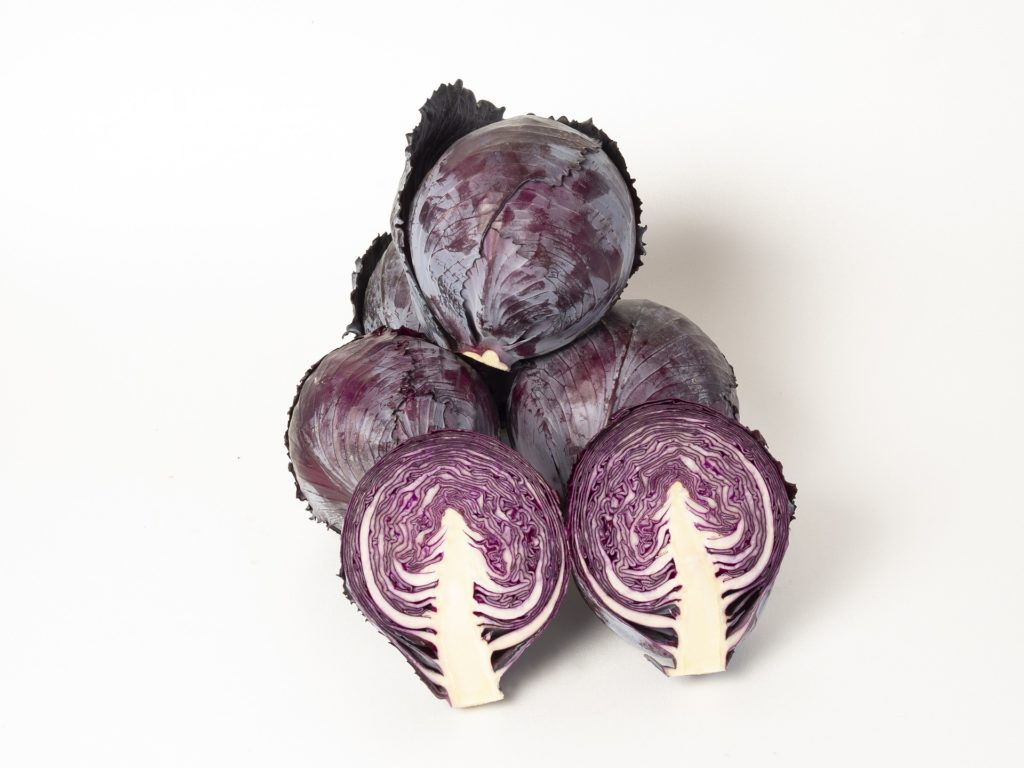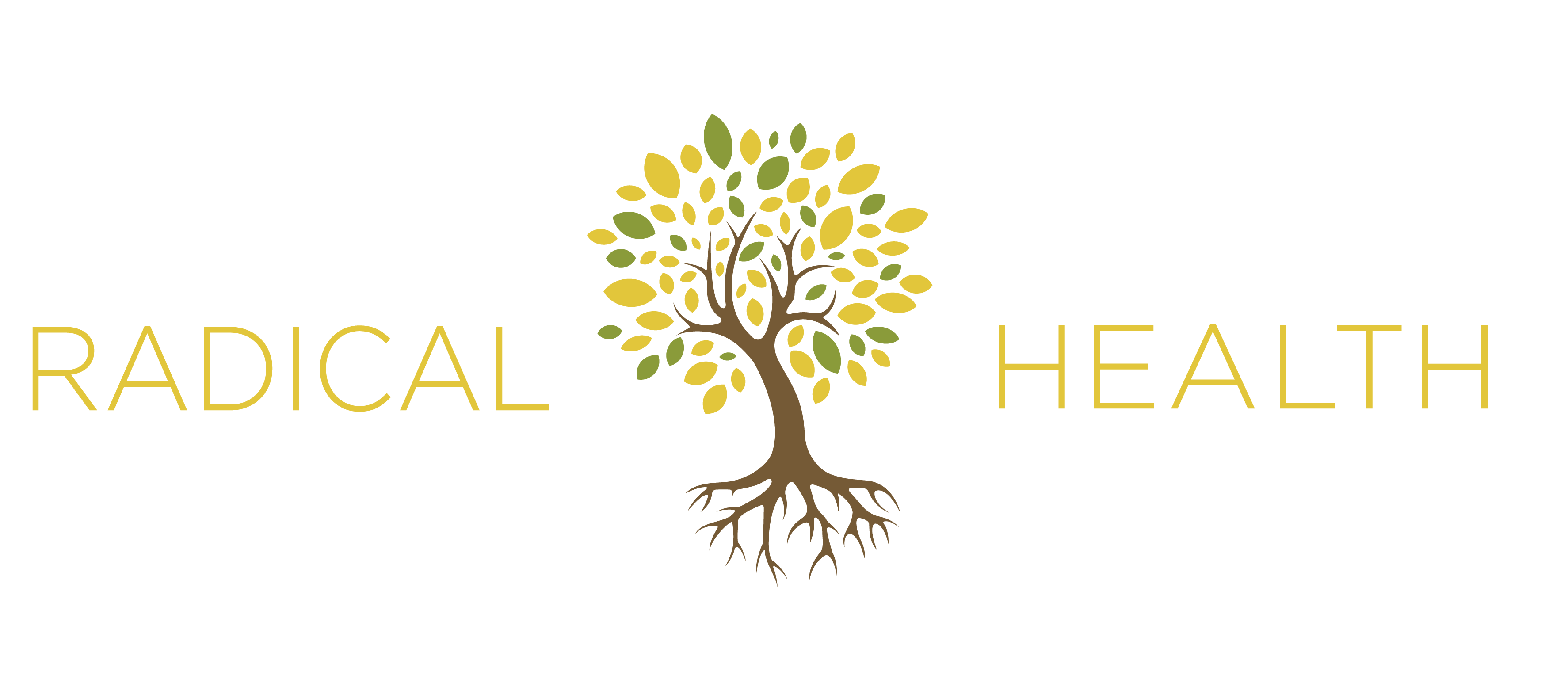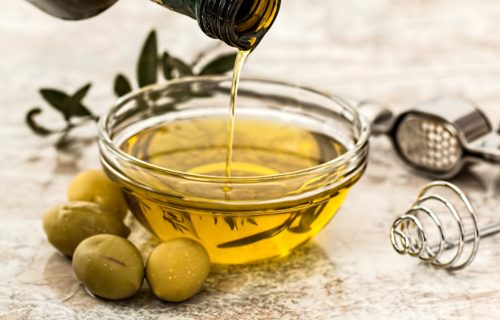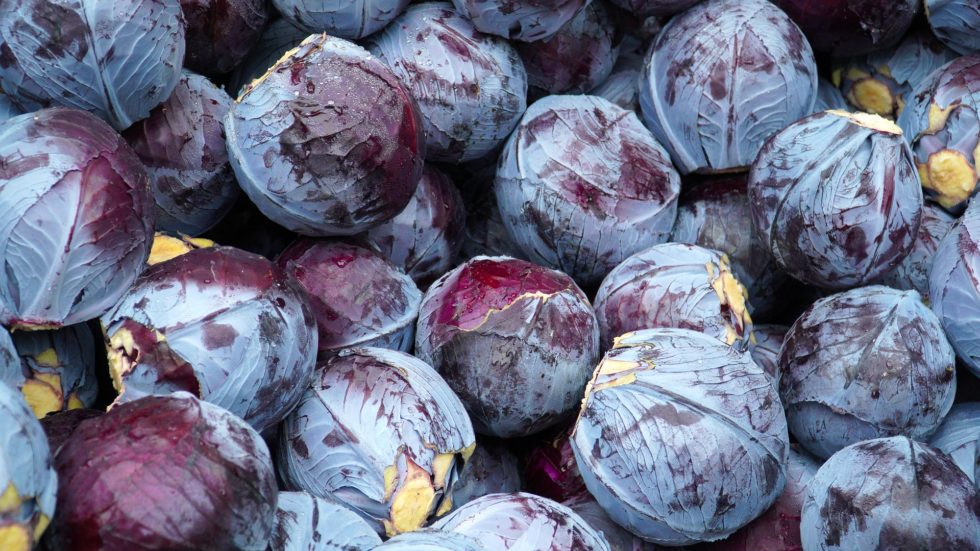
All About Red Cabbage
Red cabbage, also known as purple cabbage, is similar in taste to green cabbage, but has more of a deeper, earthier flavor. It gets much sweeter as you cook it. It’s a bit tougher than green cabbage, especially raw.
Red cabbage is a great way to add colour and crisp to dishes. It will often change the colour of other vegetables, staining them purple.
What is super interesting is that the colour of red cabbage changes according to the pH of the soil it grew in. It is more reddish in acidic soils, purple in neutral soils, and greenish-yellow in alkaline soils. This is why it is known by different colours in different regions.
The differences in colour is due to a pigment called anthocyanins. It what gives foods like blueberries that deep blue/purple/red colour too. Plants produce anthocyanins to protect themselves, but also help protect you!
Anthocyanins & Other Phytochemicals
Anthocyanins are a type of antioxidant which prevents free-radical cell damage. This damage can lead to aging faster and a number of diseases like cancer and diabetes. In general red cabbage has about 4.5 times more antioxidants than green cabbage and the anthocyanins are much higher in red cabbage than other red/purple/blue foods.
Red cabbage contains other phytochemicals called sulforaphane and glucosinolates which stimulate your liver detoxification enzymes. Sulforaphane also great for the heart.
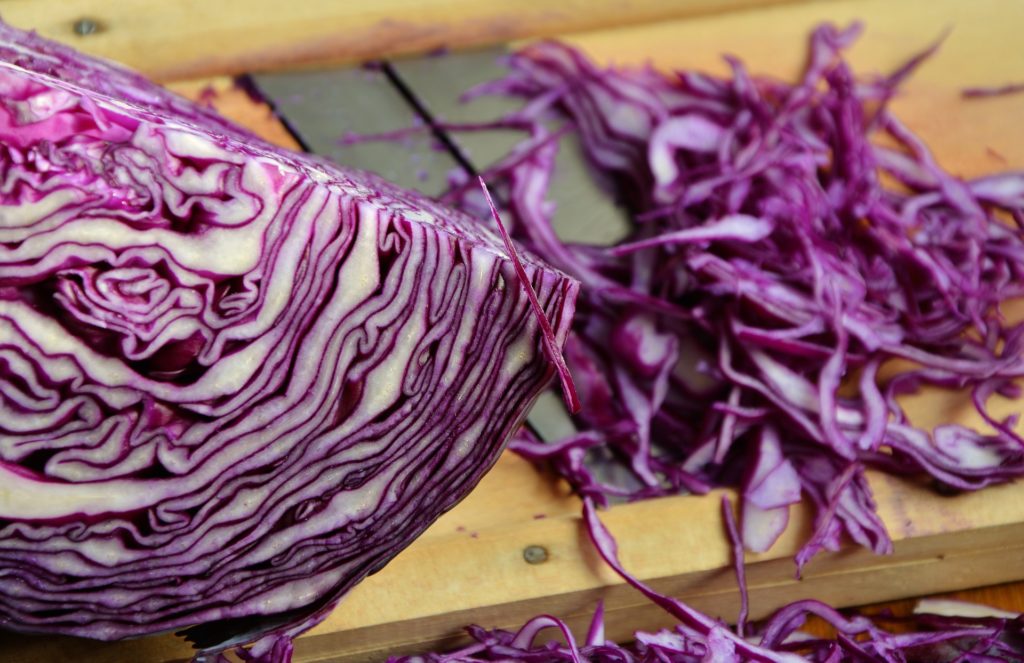
Other Benefits of Red Cabbage
Red cabbage is pretty high in vitamin C. 1 cup, raw gives you 56% of Daily Value. It is also high in beta-carotene, vitamin K1, and other vitamins and minerals.
Red cabbage is shown to lower gut inflammation. It is a great source of insoluble fibre, which helps keep things moving. And it contains insoluble fiber which feeds the beneficial bacteria in your gut. These produce short-chain fatty acids such as butyrate that lower inflammation. So red cabbage may really help with digestive issues like IBS, Crohns, and ulcerative colitis. In fact, red cabbage will help with anything ulcer like whether in the colon, stomach, or on body like a cold sore.
In general, red cabbage is one of the best foods in terms of nutrition per unit cost! Eat it up!
How to Eat Red Cabbage
Red cabbage is one of the most versatile veggies out there. But how the heck should you cut it? Check out this short video.
Most people know red cabbage in its braised, roasted, boiled, or soup form. Red wine, apples, and vinegar are commonly added to flavor it. These are all great ways to use red cabbage.
However, my favourite way to eat it is raw in salads or as a slaw. Be sure to add a dressing with some vitamin C (lemon or orange juice) and healthy oil to help absorb all those great nutrients. Check out my RAW Pad Thai recipe. Another fun way to integrate red cabbage in your diet it to add it to tacos! When I was in Baja, Mexico, cabbage was always used for tacos instead of lettuce.
And of course, being a fermentista, I always have a red cabbage kraut on the go. Here are a few kraut combos I’ve made:
- Simple red cabbage kraut: Red cabbage and fennel
- Ultra-red: red cabbage, beets, red onion
- Thai kraut: Red cabbage, lemongrass, Thai basil, ginger, galangal. Thai red pepper
- Red ginger apple kraut: Red cabbage, ginger, apple
Red cabbage pairs with:
- Cheese, especially with blue cheese
- Beets, onions, balsamic vinegar
- Ginger and garlic
- Meat – adds crunch
- Thai food or spicy food
Let me know your favourite recipe on my Facebook page or Instragram or email me at corrie@radicalhealth.ca!
